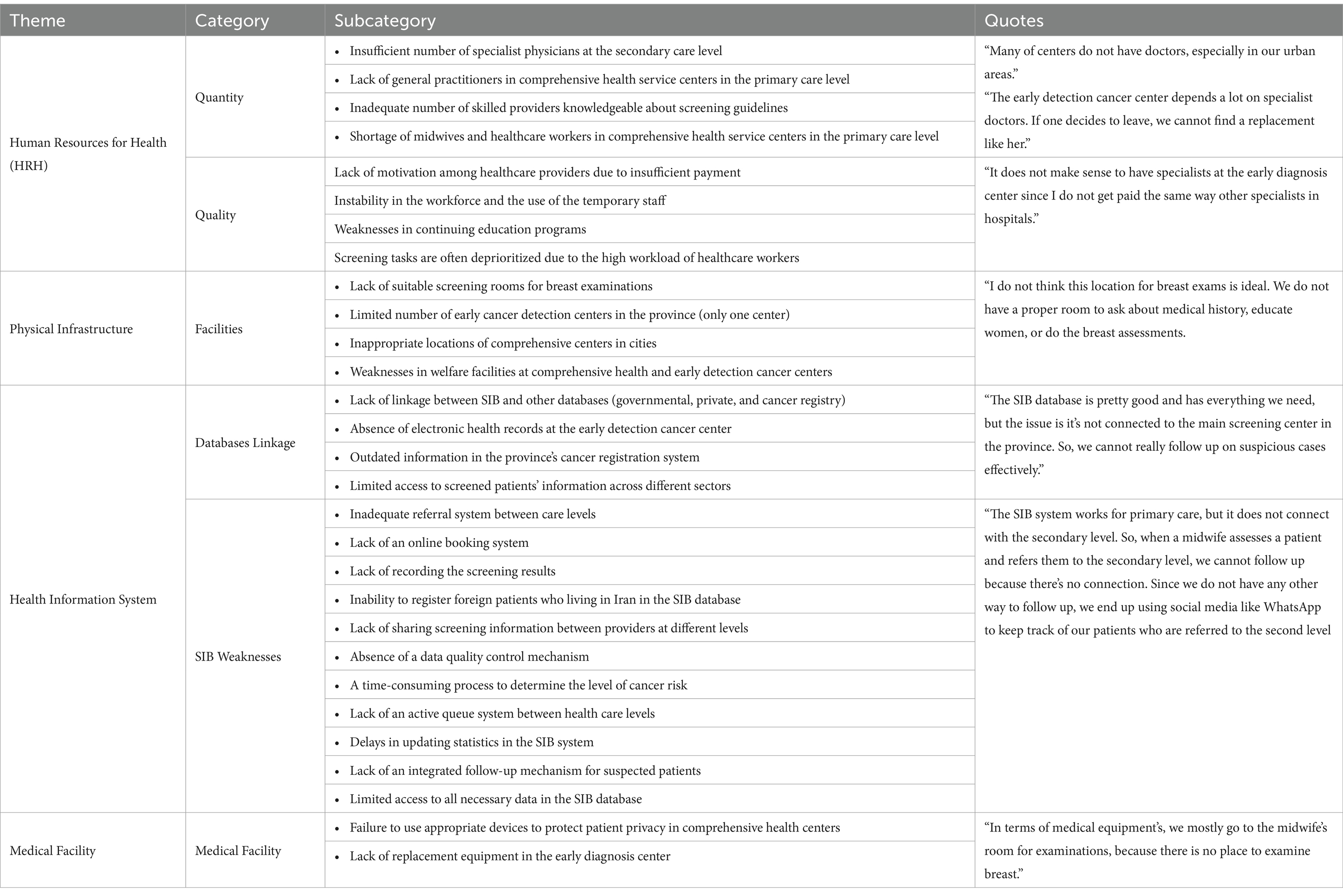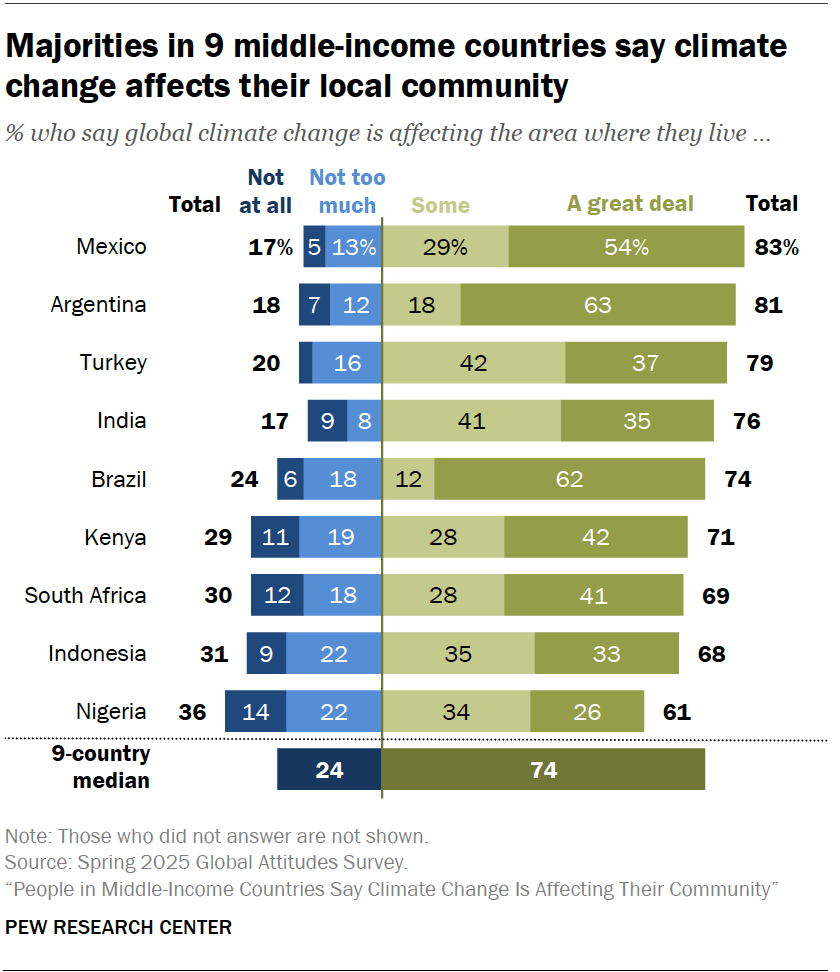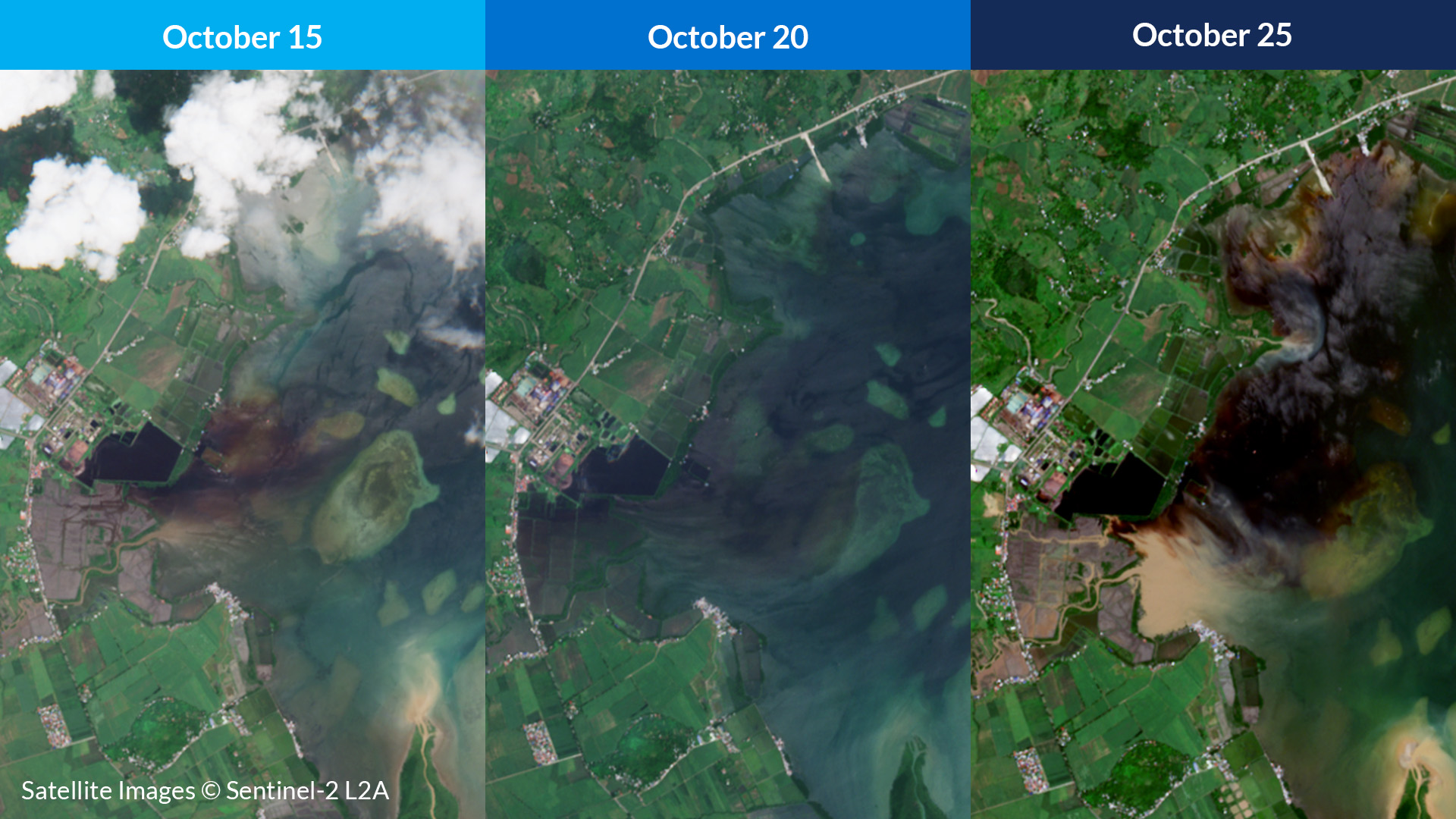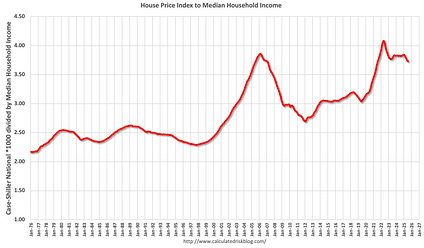6 Peer Support Programming Among Women At-Risk for Surviving Breast Cancer: Facilitators and Barriers to Community-Based Patient Navigation and the Role of Quality of Life – CancerNetwork

Report on Peer Support Programming for Women Affected by Breast Cancer
Introduction and Alignment with Sustainable Development Goals (SDGs)
This report details the evaluation of a national, no-cost, one-on-one peer support program managed by a community-based organization (CBO) for women at-risk for or surviving breast cancer. The study’s findings are critically analyzed through the lens of the United Nations Sustainable Development Goals (SDGs), highlighting the program’s contribution to global health and equality targets.
Core SDG Contributions
- SDG 3: Good Health and Well-being: The program directly addresses Target 3.4 by promoting mental health and well-being. By offering structured support, it aims to improve the quality of life for women navigating the challenges of breast cancer.
- SDG 5: Gender Equality: By focusing on a health issue that disproportionately affects women, the program contributes to the empowerment of women and ensures targeted support for their specific health needs.
- SDG 10: Reduced Inequalities: The no-cost nature of the program helps to reduce financial barriers to care. The study’s analysis of utilization patterns provides crucial data for making support services more inclusive and accessible to diverse populations.
- SDG 17: Partnerships for the Goals: The program exemplifies a successful partnership between a CBO and the community it serves, demonstrating a vital model for achieving public health objectives.
Methodology
A secondary data analysis was performed on a sample of 1054 women who had contacted the CBO. Patient-reported outcomes were collected 30 days after initial contact. Multivariable analysis was employed to determine associations between demographic/clinical characteristics and the offer, uptake, and outcomes of the peer support program.
Key Findings and Analysis
Participant Demographics
- Age: 49.2% of participants were between 46 and 64 years old.
- Race: 17.6% identified as non-White.
- Parental Status: 78.0% were mothers.
- Clinical Status: 88.2% were breast cancer survivors.
Program Uptake and Correlates
Peer support was offered to 814 women (76.7% of the sample), with 305 (37.5% of those offered) utilizing the service.
- Factors for Being Offered Support: Younger women and those reporting higher quality of CBO care were significantly more likely to be offered peer support.
- Factors for Utilizing Support: Utilization was significantly higher among mothers, women without a current breast cancer diagnosis, and those reporting a lower quality of life.
Identified Barriers to Utilization
Among all women in the sample, several barriers to using the peer support service were identified:
- Time constraints (17.5%)
- Feeling uncomfortable discussing personal issues (9.8%)
- Concerns about the program’s ability to meet their needs (5.7%)
Outcomes and Quality Factors
Users of the peer support program reported positive outcomes (Mean score = 44.37/50). The quality of the experience was significantly associated with:
- Younger age
- Higher quality of CBO care
- Higher quality of patient navigation
An age-adjusted model confirmed that high-quality CBO care and patient navigation were significant contributors to an enhanced peer support experience.
Conclusion and Recommendations for SDG Advancement
Program Efficacy
CBO-led peer support programs are a well-received and valuable resource, particularly for younger women and those experiencing a lower quality of life. The findings underscore that the quality of the parent CBO and its navigation services are fundamental to the program’s success.
Strategic Recommendations
- Enhance Inclusivity (SDG 10): To broaden the program’s reach and impact, strategies must be developed to mitigate identified barriers such as time constraints and personal discomfort. This will ensure more equitable access to this vital support.
- Strengthen Partnerships (SDG 17): Investment in the quality of CBO care and patient navigation is critical. Strengthening these foundational components will improve outcomes and demonstrate an effective partnership model for health service delivery.
- Promote Holistic Well-being (SDG 3): By refining these support systems, CBOs can more effectively improve the quality of life for women affected by breast cancer, directly contributing to the achievement of global health and well-being targets.
Analysis of Sustainable Development Goals (SDGs) in the Article
1. Which SDGs are addressed or connected to the issues highlighted in the article?
-
SDG 3: Good Health and Well-being
The article is fundamentally centered on health. It evaluates a peer support program for women “at-risk for and surviving breast cancer,” a non-communicable disease (NCD). The primary goal of the program is to “improve their quality of life,” which is a core component of health and well-being as defined by SDG 3.
-
SDG 10: Reduced Inequalities
The study analyzes disparities in the access and uptake of the support program. It finds that factors like age, parental status, and current health status influence who is offered and who utilizes the service. For example, the program was more likely to be offered to “younger women” and utilized by “mothers” and those with a “lower quality of life.” The conclusion that “barriers to utilizing peer support could be lowered to extend its reach and impact” directly addresses the need to reduce inequalities in access to health support for all women who need it.
2. What specific targets under those SDGs can be identified based on the article’s content?
-
Target 3.4: Reduce by one-third premature mortality from non-communicable diseases through prevention and treatment and promote mental health and well-being.
The article directly addresses the second part of this target. The peer support program for women with breast cancer (an NCD) is explicitly designed to “improve their quality of life” and provide support, which are key elements of promoting mental health and well-being for patients and survivors.
-
Target 3.8: Achieve universal health coverage, including financial risk protection, access to quality essential health-care services…
The program described is a “no-cost peer support program” offered by a “community-based organization (CBO).” This model provides access to a quality supportive health service without creating a financial burden, which aligns with the principles of universal health coverage.
-
Target 10.2: By 2030, empower and promote the social… inclusion of all, irrespective of age… or other status.
The study’s analysis of who accesses the program based on age (“younger women”), parental status (“mothers”), and health status (“lower quality of life”) highlights the dynamics of social inclusion in health services. The recommendation to lower barriers aims to promote the inclusion of all women who could benefit from the program, regardless of their personal circumstances.
3. Are there any indicators mentioned or implied in the article that can be used to measure progress towards the identified targets?
-
Patient-reported quality of life score
The article explicitly uses “quality of life” as a key variable. It notes that women utilizing peer support initially “experienced lower quality of life (t = 2.23, df = 800, P <.05 and that the program had outcomes among peer support users sd='6.7)."' this score is a direct indicator for measuring well-being aspect of target>
-
Uptake rate of the peer support program
The article provides a clear metric for access to the service: “Peer support was offered to 814 (76.7%) women, of whom 305 (37.5%) utilized it.” This uptake rate serves as an indicator for measuring access to essential health support services, relevant to Target 3.8.
-
Percentage of women reporting specific barriers to access
The study identifies and quantifies barriers that create inequality in access. It states that barriers included “time constraints (17.5%), feeling uncomfortable discussing personal issues (9.8%), and having concerns about peer support meeting their needs (5.7%).” These percentages are direct indicators for measuring and addressing inequalities, relevant to Target 10.2.
-
Disaggregated data on program utilization
The article provides data broken down by demographic and clinical characteristics. For instance, it found the odds of utilizing support were “greater for mothers (OR, 1.57…)” and those with “lower quality of life (OR, 1.18…).” This disaggregated data is a crucial indicator for understanding who is and is not being included, which is essential for monitoring progress on Target 10.2.
4. Table of SDGs, Targets, and Indicators
| SDGs | Targets | Indicators |
|---|---|---|
| SDG 3: Good Health and Well-being | 3.4: Reduce mortality from NCDs and promote mental health and well-being. | Patient-reported quality of life score. |
| 3.8: Achieve universal health coverage and access to quality essential health-care services. | Uptake rate of the no-cost peer support program (37.5%). | |
| SDG 10: Reduced Inequalities | 10.2: Empower and promote the social inclusion of all, irrespective of age or other status. |
|
Source: cancernetwork.com

What is Your Reaction?
 Like
0
Like
0
 Dislike
0
Dislike
0
 Love
0
Love
0
 Funny
0
Funny
0
 Angry
0
Angry
0
 Sad
0
Sad
0
 Wow
0
Wow
0













































































